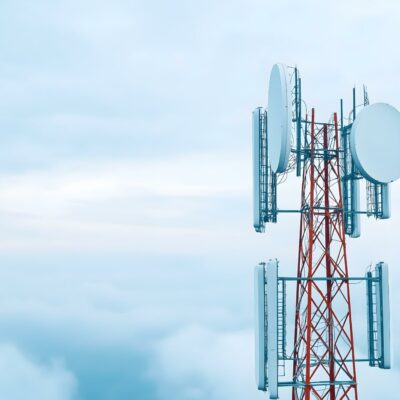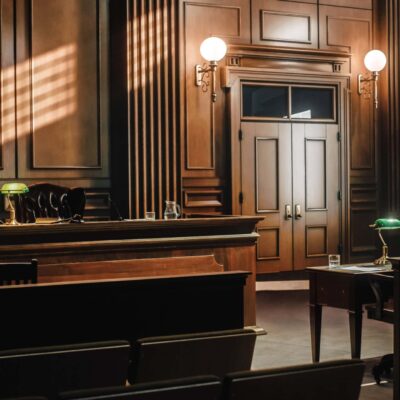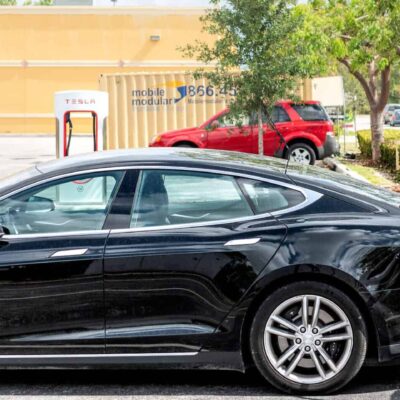The Complaint: Patent Infringement Allegations Involving UAV Systems
A leading developer of unmanned aerial vehicle (UAV) systems filed a patent infringement suit against a competing company, alleging that the defendant’s aerial vehicle models infringed on a set of utility and design patents.
The utility patents relate to the internal configuration of UAVs, focusing on how electronic components are arranged to reduce interference and improve flight reliability. They also address methods for minimizing user error by limiting how much assembly or customization is required. The complaint alleged that the accused drones used similar internal layouts, including the placement of flight control modules, GPS receivers, and magnetometers.
The design patent covers the outward appearance of a rotor-based UAV. According to the complaint, the competing models shared a substantially similar look, including the body structure and rotor configuration, and were likely to cause confusion among consumers.
The plaintiff sought an injunction and monetary damages, claiming that the defendant had prior knowledge of the patents and continued to market the products at issue. The case raised both technical and visual issues related to drone system design.
The Ask: UAV Expert with Experience in Aerospace Engineering, System Architecture, and Product Design
To address the technical and design allegations at the heart of the dispute, the defense sought a testifying expert with deep, hands-on experience in UAV systems, specifically someone capable of evaluating both the functional architecture and visual characteristics of the accused products.
For the utility patent claims, the ideal expert needed a strong background in aerospace systems engineering, including expertise in flight control systems, component integration, and sensor placement. Experience with the design and testing of small aircraft or drone platforms was critical, particularly as it related to managing electromagnetic interference, ensuring operational stability, and understanding practical constraints in consumer UAV manufacturing. The defense also prioritized familiarity with the kinds of design trade-offs that engineers routinely make when balancing reliability, cost, and usability in commercial systems.
Given the inclusion of a design patent, the expert also needed to evaluate product appearance from a technical perspective. This included assessing how common certain design elements were within the industry, and whether visual similarities would be expected due to functional or regulatory considerations rather than intentional copying.
The team sought someone with both academic and industry experience, ideally someone who had worked on the development and testing of UAV platforms and could clearly articulate the reasoning behind design and engineering decisions.
How WIT Was Able to Meet the Expert Need:
WIT actively recruited a diverse group of leading experts to support its clients in anticipation of an influx of high-tech intellectual property disputes. For this case, WIT recommended an expert with more than three decades of experience in aerospace engineering and a background that spanned both industry and academia.
He held advanced degrees in aeronautics and astronautics and served as a senior engineer and technical director on projects involving UAV development, flight systems, and avionics packaging. His work included analysis of sensor placement, interference mitigation, and flight stability, which directly aligning with the technical issues raised in the asserted utility patents.
He also brought substantial expertise in the form and layout of aerospace products, having evaluated the visual characteristics of aircraft systems and components throughout his career. He was well-positioned to analyze the presence and significance of shared design features between drone models and to assess whether those similarities were the result of functional requirements, industry standards, or independent aesthetic choices. In prior roles, he oversaw air vehicle design across multiple UAV platforms, led external load integration efforts for fixed-wing and rotorcraft systems used in defense and commercial applications, and consulted on structural and aerodynamic impacts of design modifications, contributing to a comprehensive understanding of both technical function and visual configuration.
The combination of hands-on technical experience and a clear understanding of industry norms made him a strong fit for a matter involving both complex system configuration and visual design analysis.
How WIT Can Assist in High-Tech Patent Disputes
WIT provides expert teams to support high-tech patent litigation across a range of industries and technologies. This includes cases involving newer areas such as UAVs, where disputes may raise both technical and visual questions. Our team works closely with clients to align the right expertise with the specific needs of each matter.




